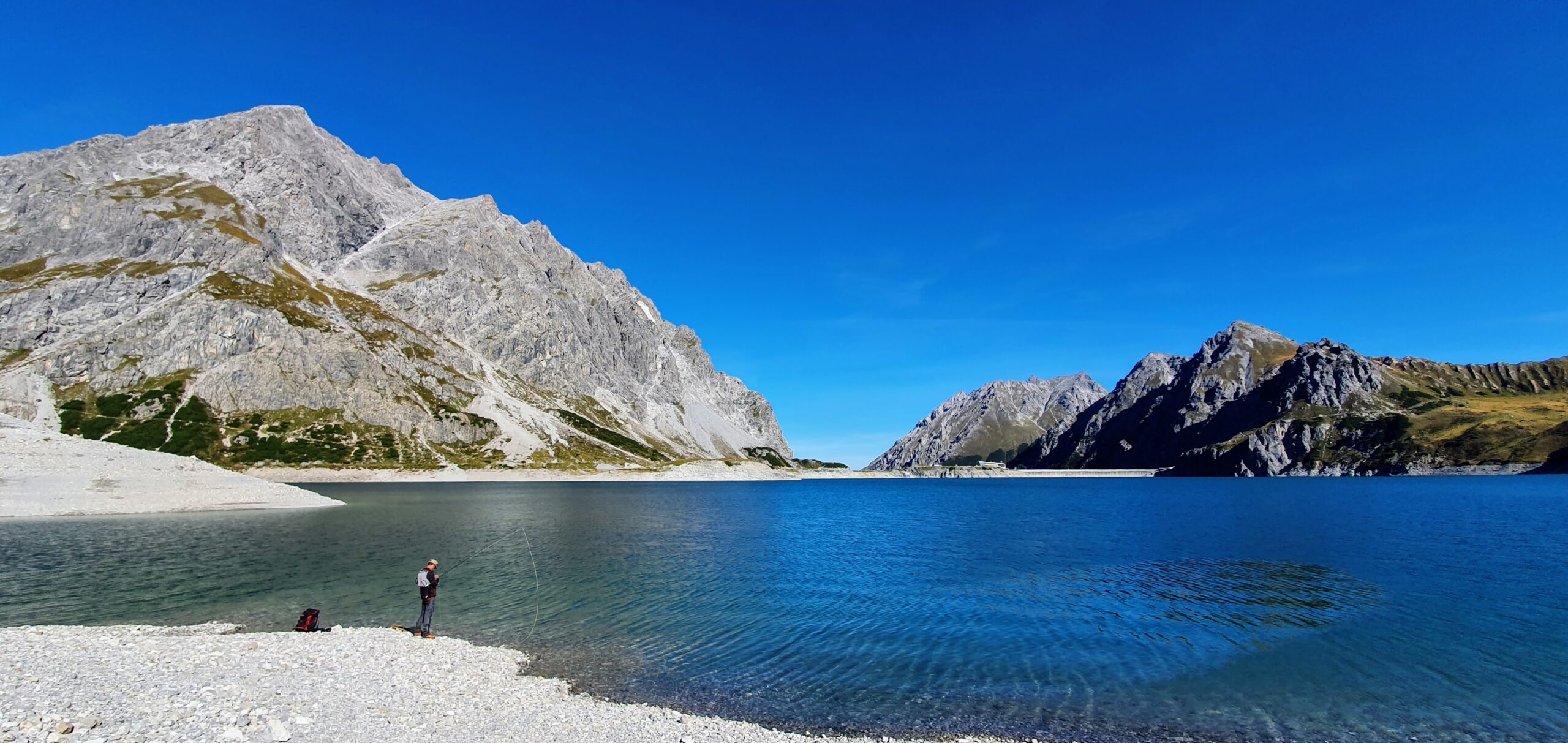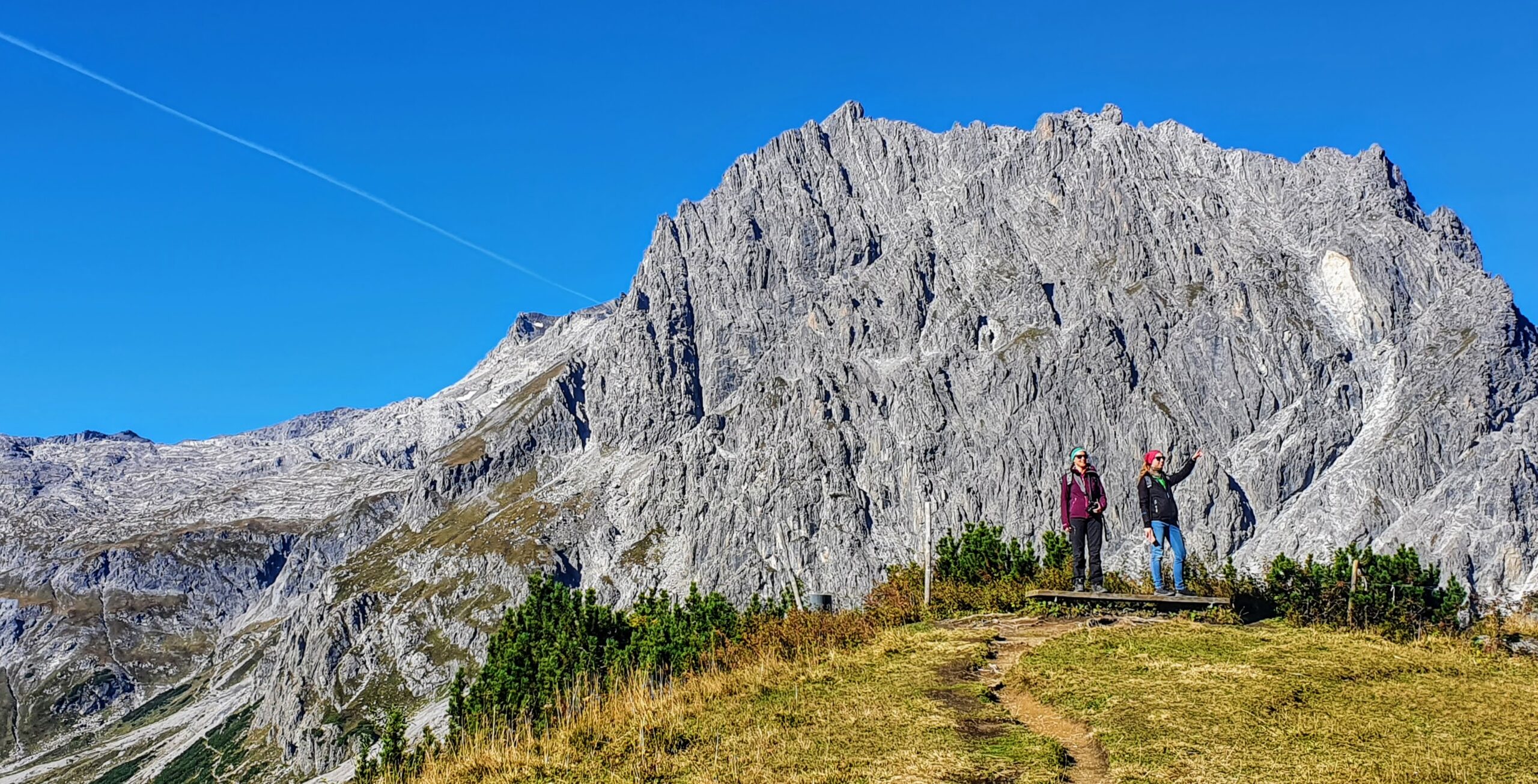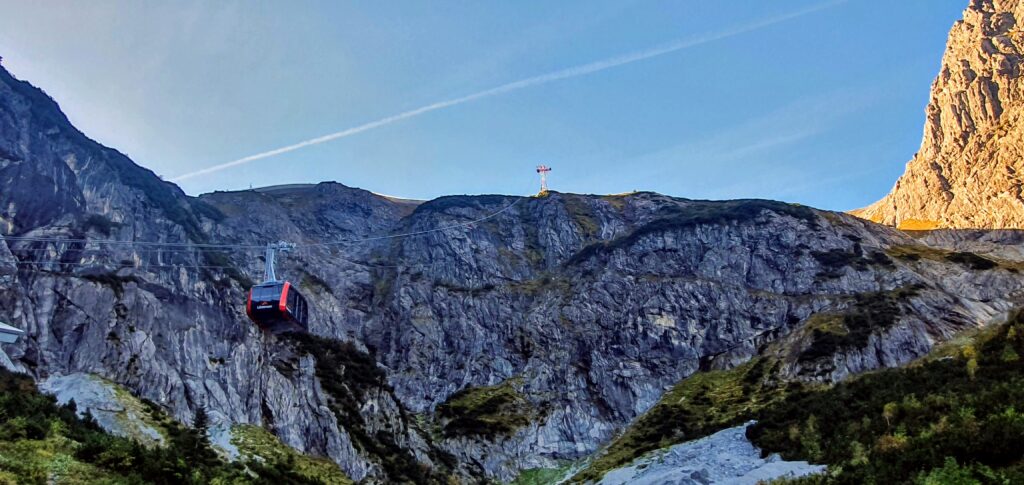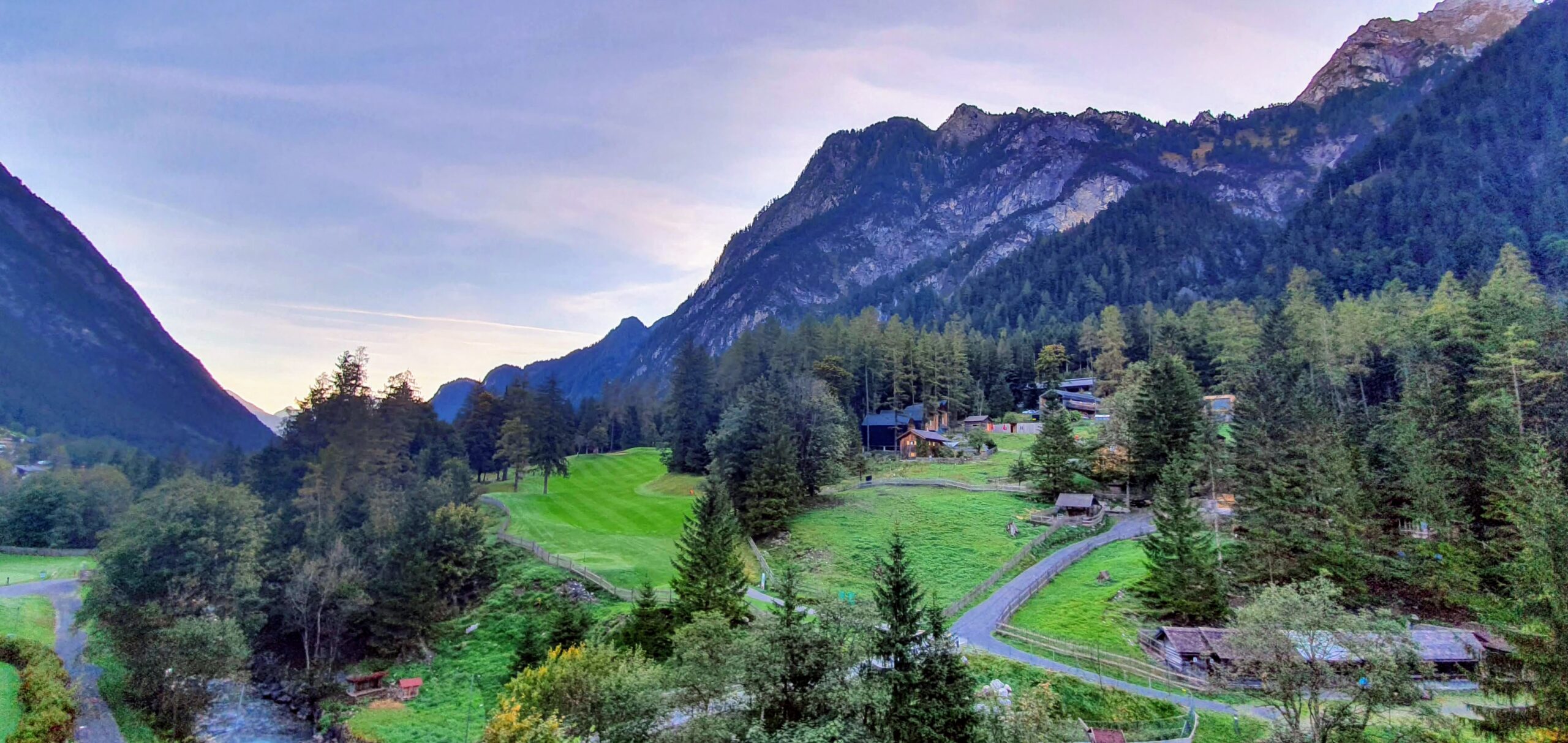I’ve never been that interested in fishing. In my shallow mind, fishing requires hours of silence sitting by a sludgy brown river as it trickles past, hoping for some miracle where a sorry-looking haddock deems your bait worthy enough to end it all and take a bite.
I’ve yet to see much to convince me that fishing in the UK is any different. But fishing in Austria is something from another world; indeed, it’s almost otherworldly. I’m standing at the shoreline of the Lünersee, an enormous lake – once one of the largest natural mountain lakes in the Eastern Alps – near Bludenz in the Vorarlberg region of Austria, but I could just as easily be on the moon. It seems fitting that Lünersee sounds a lot like ‘lunar sea’.
A lone fisherman casts his line into the expanse of navy blue with a deft flick of the wrist and looks out patiently over the ‘Pearl of the Alps’. The surrounding mountain ridges trace a grey line up from the lake’s shoreline to the Schesaplana, the highest mountain in the Rätikon, on my left and the green Lünerkrinne walking trail rises up towards Golmer Joch on my right. The muddy banks of the Severn this ain’t.

Given that the Lünersee is 1,970m above sea level, it’s no surprise that even Arctic char can be found in the lake. We’re visiting in September and it’s an astonishingly warm day; the sun beats down into a cloudless royal blue sky. We’ve timed our visit just right because, during the winter – and even as late as April – the entire region is covered in snow. It makes for breathtaking imagery from the region’s 360° webcam, housed at the Douglass Hütte restaurant, but the mountain huts and Lünerseebahn cable car are closed for obvious reasons, so the lake is all but forgotten for most tourists during the colder months.
It’s easy to associate Austria with green alpine imagery – largely due to our common belief that the hills are alive with the sound of music, thank you Julie Andrews – but the country has its fair share of skiing and winter activities. Indeed, Vorarlberg is right up on the southwest edge of Austria; the far south edge of the lake is only a kilometre as the crow flies from more famously snowy Switzerland. Piz Buin, the mountain of suntan-lotion fame, is just 10km along the border to the southeast.
At this point, we’re halfway around Lünerkrinne trail, a 6km loop of the lake that begins and ends at the cable-car station. It’s an easy enough walk, with only a short uphill climb just after passing the Douglass Hütte and hydroelectric dam, built in 1958 (which raised the lake’s depth by 72m).

Somehow, the climb seems to be more a natural ascent to a perfect Instagramming platform rather than the fierce whim of mother nature; the greener eastern edge of the lake provides a beautiful stark contrast to the grey-white fangs of the Schesaplana on the opposite shoreline. The rest of the walk is relatively flat, easy and gorgeous – perfect for an active family stroll of around two hours.
Back at the southern edge of the lake, the angler jolts into life to masterfully wind in his catch. It looks to be a beautiful rainbow trout. He wraps it up and, for him at least, lunch is literally in the bag. My stomach growls in acknowledgement; it must be time to eat.
The Douglass Hütte puts its cuisine focus on ‘no-nonsense alpine food’ – think kaiserschmarren (raisin pancakes) or keesknöpfli (cheese dumplings). Everything is hearty and necessary for an active lifestyle, and everything is delicious. The restaurant’s shoreline terrace is as lovely a spot as you could wish to eat – provided the cold mountain wind doesn’t wreak havoc with the napkins.

It’s just a five-minute journey back down the mountain in the Lünerseebahn and a 15-minute bus ride back to Brand, one of the major resort towns in the Bludenz district. Here, about 8km east of the border with Liechtenstein, we’re staying at the gorgeous Hotel Sarotla.
The four-star property has a fantastic spa area with a gorgeous sauna and relaxation area. And the restaurant has everything you would expect from a high-end mountain resort, including an enormous international breakfast buffet, letting you fuel up for all that hiking, and four-course evening menu with a list of 100 different wines, good for unwinding after an active day. Their menu features seasonal specialities and regional produce such as wild garlic, foraged from the area.
After dinner I return to my ground-floor room, which has a garden space that looks straight over the nearby stream and neighbouring golf course, and up at the mountainside opposite. The evening light dots pink and yellow highlights onto the grey-white outcrop, adding a relaxing elegance to the fearsome rocky peaks.

These peaks undulate upwards towards the 2,645m-high Zimba and beyond, back towards the Lünerkrinne that borders the Lünersee lake. It seems fitting that ‘Lünersee’ also sounds like ‘lunacy’ because, even though from this angle it feels bonkers to want to hike up there, you’d be quite mad to not love it here.
More information
Simon took the train from London to Sargans in northeastern Switzerland via Strasbourg and Zurich, then a bus through Liechtenstein to Feldkirch in Vorarlberg. But the the easiest way to get there is to go to Zurich in Switzerland and drive.
See vorarlberg.travel for more information. For information on hiking and accommodation around Lünersee, visit luenersee.at. The Hotel Sarotla, located in Brand, offers rooms starting from around £170. See sarotla.at for details.